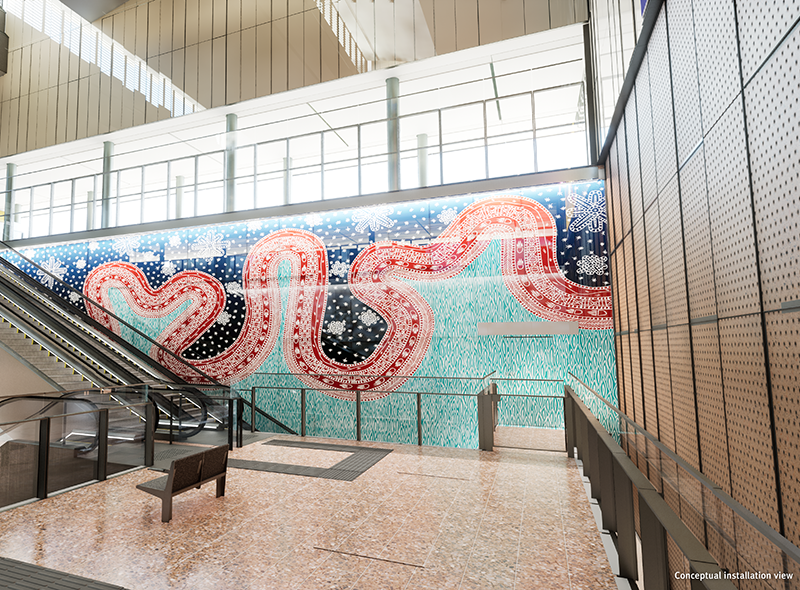Cross River Rail - Tunnels, Stations and Development PPP
A world class public transport system
The transformational Cross River Rail project is a crucial public transport investment by the Queensland Government and the first availability public transport PPP in Brisbane.
It is a historic and city-changing solution using the PPP delivery model for the Tunnel, Stations and Development (TSD) package.
Cross River Rail is a significant infrastructure project which when operational, will transform travel across the whole of South East Queensland; journeys will be quicker with new stations in more convenient locations. It will provide a second river crossing at the core of the rail network, enabling capacity for increased frequency of trains across the region as the population grows, helping to reduce congestion and increase network reliability.
Cross River Rail’s TSD is being delivered by Pulse, led by CIMIC Group company Pacific Partnerships and involving CPB Contractors and UGL in the Design and Construct Subcontract and UGL as the Facilities Management (FM) provider.
To fulfil the TSD component of the project, Pulse will deliver a 10.2km rail line including 5.9km of twin tunnels, four new underground stations at Boggo Road, Woolloongabba, Albert Street and Roma Street and ongoing maintenance services.
As the lead sponsor, Pacific Partnerships led development of the project’s proposal and provided 49% of the equity finance.
CPB Contractors will deliver the design and construction in a joint venture that includes UGL, who will also provide maintenance services for the project over 24 years.

Art rail trail
Indigenous art has been installed for Cross River Rail's unique underground art trail.
The art is located in the four new underground rail stations, which feature 14 artworks by 13 of Queensland's most renowned Indigenous artists.
Each piece of art has been created by Aboriginal and Torres Strait Island artists, either born or residing in Queensland, and each artist is highly celebrated.
The artworks range from a monumental art wall at Roma Street measuring 34m long by 13m high, to decals installed along the length of the underground platform screen doors and elevators.
All 14 artworks can be explored online here.
